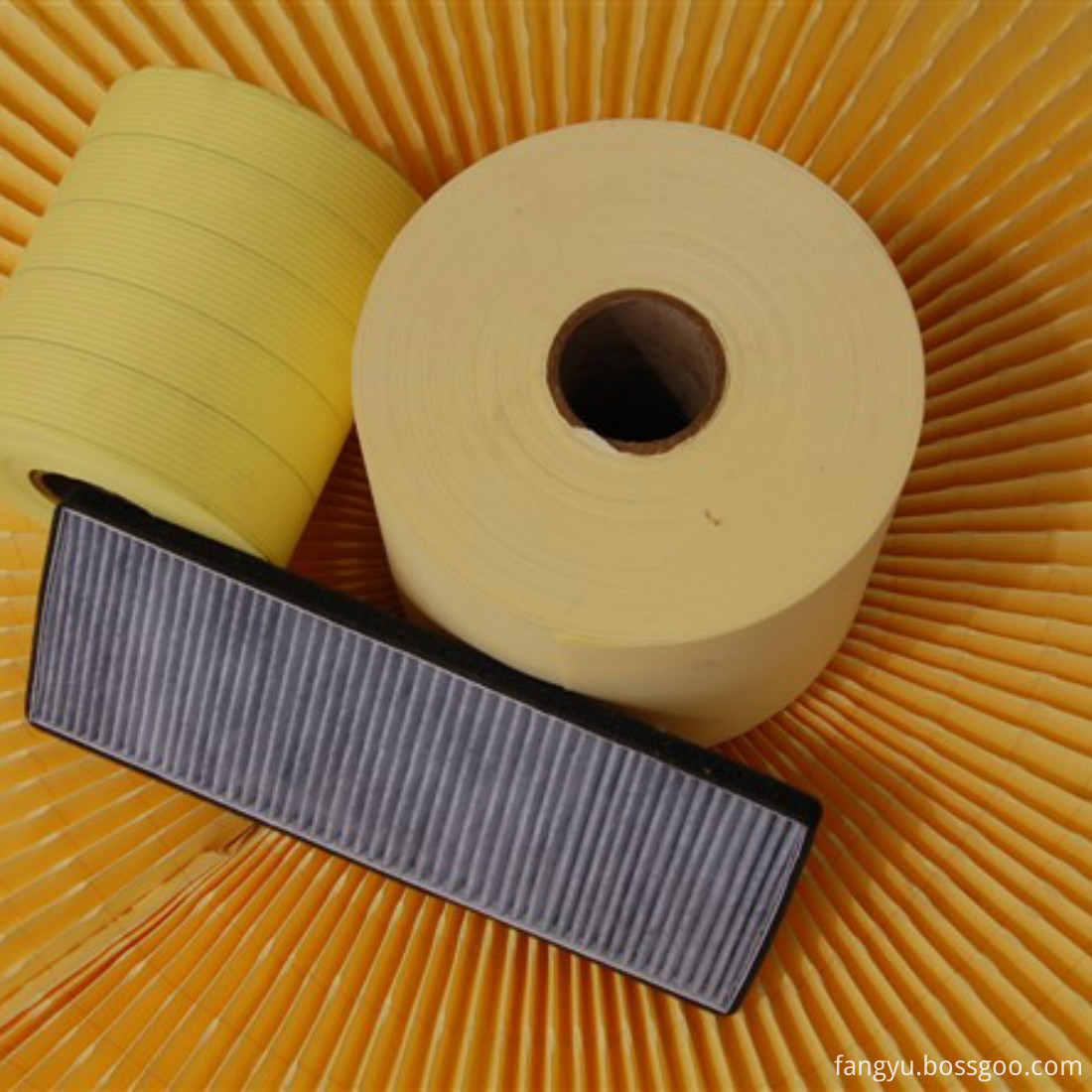Lead contamination of soil has the characteristics of concealment, long-term and irreversibility, and has drawn extensive attention. The highly effective remediation technology of lead contaminated soil has been a hot and difficult point in the research. At present, the remediation of lead contaminated soil can be broadly divided into two categories: physical and chemical repair techniques and bioremediation techniques. Physical and chemical repair can be divided into guest soil deep plowing method, isolation method, leaching method, curing method, electrochemical method, redox method, chelator method and heavy metal antagonism. Bioremediation can be divided into microbial repair and phytoremediation. 1, guest deep plowing law Due to the presence of phenanthrene-contaminated soils, guest soil is mainly a topsoil that is contaminated with lead by removing lead, adding fresh soil to reduce the concentration of lead in the soil, or turning the topsoil deep into the soil to reduce contaminated soil Contact with plants to reduce the toxicity of lead-contaminated soils to plants. This method has been applied abroad many times, and it is an effective method to treat lead contaminated soil. The main disadvantage is that it takes a lot of manpower, material and financial resources, the cost of repairing is high, the environmental risk of secondary pollution due to the replacement of surface soil exists, and the contaminated soil after deep plowing can not be completely eliminated. Therefore, this method is not ideal for the remediation of lead contaminated soils. 2, isolation method Isolation method is the use of engineering measures to isolate lead contaminated soil from its surroundings and reduce the pollution of the surrounding environment caused by lead migration, diffusion or infiltration. The method is suitable for the treatment of most heavy metal contaminated soils. The specific measures are as follows: building a wall around the contaminated site with materials such as rebar and cement. To reduce the impact of surface runoff or surface water infiltration, the seepage membrane can also be laid on the surface of contaminated sites, and a cement and other curing agent can be poured below the contaminated soil by horizontal grouting. Due to cost and operational constraints, this method is only applicable to venues that are heavily polluted and have a low pollution area. 3, leaching method Leaching is leaching of lead contaminated soil leaching, so that the adsorption of soil particles in the lead from the solid phase transfer to the liquid phase to form a soluble ions or complexes, and then the leachate collection, recovery After the extraction of lead can be recycled liquid waste. The focus of this technique is on the choice of eluent that needs to be able to meet both the requirements of effective leaching of heavy metals without destroying the soil structure. In addition, you need to consider the eluent collection and the impact of factors to prevent secondary pollution. 4, curing stabilization method Curing stabilization techniques include both curing and stabilization. Chemical methods are used to reduce the solubility, migration and toxicity of lead in soils. At the same time, physical methods are used to convert contaminated soils into immobile solids or to form compact solids. Curing can generally be considered as a specific stabilization process. The roots of cure stabilization technology date back to the 1950s and were first used to treat radioactive solid waste. After entering the 1970s, this technology was firstly researched and applied in some industrialized countries. The rapid development of the last decade, is widely used to deal with electroplating sludge, heavy metal pollution of soil governance. This method is suitable for the treatment of lightly-polluted soil. The treatment cost and effect are relatively good, but the lead in the soil can not be completely removed, and the treatment effect is only temporary. When the ambient conditions change, the form of lead may be re-exchangeable.
(1) Grammage (g/m2) :135±5
(2) Thickness (mm) : ≥0.4
(3) Corrugation Depth(mm) : 0.1~0.3
(4) Air Permeability (p=200pa L/m2.s) :≥ 400
(5) Burst Strength (Kpa) :≥ 250
(6) Max Pore Size (µm) : 88
(7) Stiffness(mN.m) : ≥4.5
Fuel filter papers have extensive automotive and industry
applications. Polypa is manufacturer, exporter and wholesale supplier of fine
quality fuel filter papers of varying grades that are used in fuel filter
elements and help protecting the fuel system of the engine. The grades of filter
paper vary and depend upon industry and customer
specifications.
Auto Oil Filter Paper,Oil Filter Paper For Car,Oil Filter Paer For Auto Hebei Fangyu Trade Co., Ltd. , https://www.filtersmaterial.com
Auto Oil Filter Paper

import the wood pulp from USA,the wood pulp filter paper can use
for air filters,oil fiters,fuel filters.